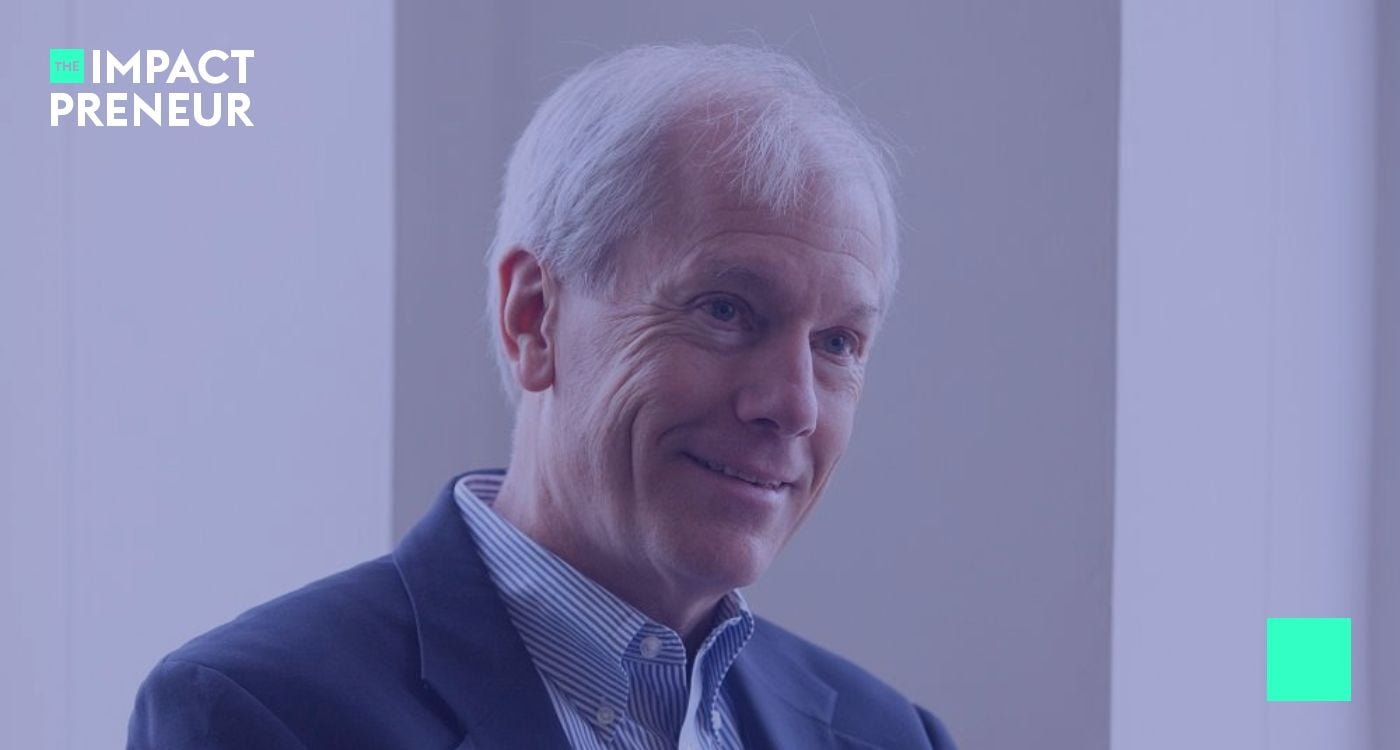Photo by: Ron Lach
In the digital age, the convenience of clicking "add to cart" obscures a troubling reality lurking behind the scenes of the glittering fashion industry. As consumers enjoy an endless array of clothing at their fingertips, the garment workers who breathe life into these designs remain obscured, often working in dire conditions for wages that barely scratch the surface of living standards. But as awareness grows, so does the movement for change. Legislation, activism, and a shift in consumer consciousness are weaving together a new narrative for the fashion industry, one where ethics and sustainability are in vogue.
Quick Bites:
- Behind every bargain find is a garment worker's untold story of hardship.
- Recent laws, like California's Garment Worker Protection Act, showcase the power of policy in protecting workers' rights.
- Shopping ethically is just the tip of the iceberg. Real change requires active engagement beyond the checkout page.
- Educating oneself and others about the impacts of fast fashion can drive a collective push towards sustainability and fairness.
The Unseen Cost of Your Wardrobe
Every piece of clothing you own has a history, a journey from thread to textile, cut to sewn, from a worker's hands to your closet. Yet, this journey is often marred by exploitation and environmental harm. Imagine working in conditions where the air is thick with dust, the building is structurally unsound, and the pay is so meager that every day is a battle between basic needs and survival. This is not a scene from a bygone era but today's harsh reality for millions of garment workers globally. Ayesha Barenblat, with a 15-year history in the fashion industry, both on the policy side and working with brands, brings a unique perspective to the table.
"Working in the fashion industry, you see firsthand the disparity between the glitz and the grim reality of garment workers' lives. I've seen the conditions these workers are in, predominantly women of color, battling every day for dignity and a fair wage," shares Ayesha Barenblat, founder of Remake, a San Francisco-based advocacy organization focused on making fashion a force for good.
The issue hits closer to home than many might think. Even in the United States, in cities like Los Angeles, garment workers have been found to earn shockingly low wages, highlighting the widespread nature of exploitation in the industry. This isn't just about unfair pay; it's about the fundamental dignity and rights of workers being sidelined in the relentless pursuit of cheaper, faster fashion.
Change, however, is on the horizon. The introduction of groundbreaking legislation in places like California is setting new precedents for worker protection. The Garment Worker Protection Act, for instance, ensures that workers are paid a minimum wage, dismantling the exploitative piece-rate system that has dominated the industry. It's a monumental step forward, signaling a shift towards recognizing and valuing the human effort that powers fashion.
Yet, legislation alone isn't enough. The fashion industry's problems are deeply entrenched, woven into the very fabric of how business is done. Tackling this issue head-on requires a collective awakening, a realization that every purchase has a backstory, and every tag hides tales of toil and resilience. As consumers, the choices we make can either perpetuate a cycle of exploitation or contribute to a narrative of change and justice.
A Beacon of Hope: Legislation and Activism
In recent years, activism and policy have emerged as powerful tools in the fight against fast fashion's darker side. The Garment Worker Protection Act is more than just a law; it's a testament to what can happen when voices unite for a common cause. This legislation didn't appear out of thin air; it was the result of tireless campaigning by advocacy groups, workers, and concerned citizens who refused to turn a blind eye to injustice.
"The moment Rana Plaza fell, it was a wake-up call for many of us in the industry. It wasn't just about advocating for change from within anymore; it was about disrupting the status quo from the outside." Barenblat recounts, referring to the collapse of a garment factory in Bangladesh that marked a turning point in her career.
The beauty of activism lies in its ability to galvanize, to transform individual whispers into a roar that cannot be ignored. Organizations like Remake are leading the charge, shedding light on the often-hidden impacts of our fashion choices and empowering consumers with knowledge. Their work goes beyond calling for transparency; they're building a movement that champions the rights of workers and the planet.
Consumer engagement is the linchpin in this battle. It's not enough to simply buy better; we must also do better. This means getting involved in campaigns, supporting legislation that protects workers, and demanding accountability from brands. It's a call to action, urging each of us to play our part in remaking the fashion industry into a force for good.
The Role of the Consumer: More Than Just Buying Ethically
At its core, the fashion industry is about people: those who make our clothes and those who wear them. As consumers, we wield tremendous power, not just through our purchasing decisions but in our capacity to influence change. Ethical shopping is a start, but it's just the first stitch in a much larger tapestry of action needed to transform the industry.
Understanding the power of collective action is crucial. When we band together, signing petitions, participating in advocacy campaigns, and engaging in dialogues with policymakers, we amplify our impact. It's about leveraging our voices and our platforms to spotlight the issues plaguing the fashion industry and pushing for systemic change.
Moreover, in the age of social media, consumers have more power than ever to hold brands accountable. Publicly calling out unethical practices, supporting campaigns like #PayUp, and praising brands that are doing right by their workers can influence fashion giants to reconsider their policies and practices. It's a modern form of activism, where hashtags and shares have the potential to bring about real change.
But let's not forget the importance of education in this equation. By informing ourselves about the realities behind the fashion industry, we can make more conscious choices that reflect our values. This knowledge empowers us to question, challenge, and ultimately change the narrative around fashion, from one of exploitation to one of empowerment.
Engaging in this broader conversation about sustainable and ethical fashion also means re-evaluating our own consumption habits. Do we really need to buy that new outfit, or can we find a sustainable alternative? Can we support local and smaller brands that are transparent about their manufacturing processes? These are the questions that, when answered collectively, can lead to a paradigm shift in the fashion industry.
Moving Forward: Small Steps, Big Impact
The journey towards a more ethical and sustainable fashion industry is complex and challenging, but not insurmountable. It begins with awareness and is fueled by the collective actions of consumers, policymakers, activists, and the industry itself. Here are actionable steps we can all take to contribute to this movement:
- Educate Yourself: Dive deep into the impacts of fast fashion on workers and the environment. Resources like documentaries, books, and reputable organizations' websites can offer valuable insights.
- Support Ethical Brands: Make a conscious effort to support brands that prioritize sustainability and fair labor practices. Look for certifications and transparency in their supply chain.
- Advocate for Change: Participate in campaigns and sign petitions that aim to improve the fashion industry's ethical standards. Your voice matters and can drive significant change.
- Reduce, Reuse, Recycle: Before making a new purchase, consider whether you truly need it. Opt for second-hand or swap clothes with friends. When you no longer want an item, donate it instead of throwing it away.
- Spread the Word: Share what you've learned with your network. Awareness is the first step towards change, and by educating others, you're contributing to a larger movement towards sustainability.
By embracing our roles as informed consumers and active participants in the global dialogue on fashion, we can contribute to a future where the industry is synonymous with fairness, dignity, and respect for both people and the planet.
Questions on the Topic
Q: What's the deal with fast fashion and its impact on the environment and human rights?
A: Fast fashion, in a nutshell, is like that double-edged sword that's hard to put down. On one side, it offers trendy clothes at bargain prices, but on the flip side, it's a nightmare for our planet and the people who make these clothes. Imagine this: millions of clothes ending up in landfills or oceans every year, all while consuming massive amounts of water and dousing fabrics in nasty chemicals. And the human cost? It's staggering. Garment workers, mostly women of color, toiling in conditions that are anything but fair, earning peanuts. It's high time we looked beyond the price tags, don't you think?
Q: How is Remake fighting the good fight against fast fashion?
A: Remake is like that friend who's always pushing you to do better, but in the best way possible. They're all about educating folks on the dark side of fashion, shining a light on brands that do right by the planet and its people, and lobbying for laws that hold the big fashion houses accountable. Picture this: a world where fashion uplifts communities and respects our Earth. That's the dream Remake is hustling for, with a dash of smart regulation and a sprinkle of coalition-building magic.
Q: Why should I care about where my clothes come from?
A: Well, why wouldn't you? It's like eating: you want to know where your food comes from, right? Clothes are no different. The truth is, our choices in the dressing room ripple across the globe, touching lives in ways we can't even imagine. Every garment has a story – one that often includes a tale of struggle, resilience, and the quest for dignity. By choosing to care, you're honoring the hands that stitch, dye, and weave our world together. Plus, who doesn't want to be part of a story where fashion becomes a force for good?
Q: What's the deal with the Garment Worker Protection Act in California?
A: Imagine a world where garment workers get paid fairly for their labor, no matter where they are. That's what the Garment Worker Protection Act is all about. It's putting an end to the exploitative piece-rate pay system and ensuring workers earn a decent living. And get this – brands can't just wash their hands and claim ignorance anymore. They're accountable for the wages in their supply chain. It's a bold step towards mending the fabric of the fashion industry, making sure it's woven with threads of justice and equity. A win for California, sure, but also a shining example for the rest of the world.




